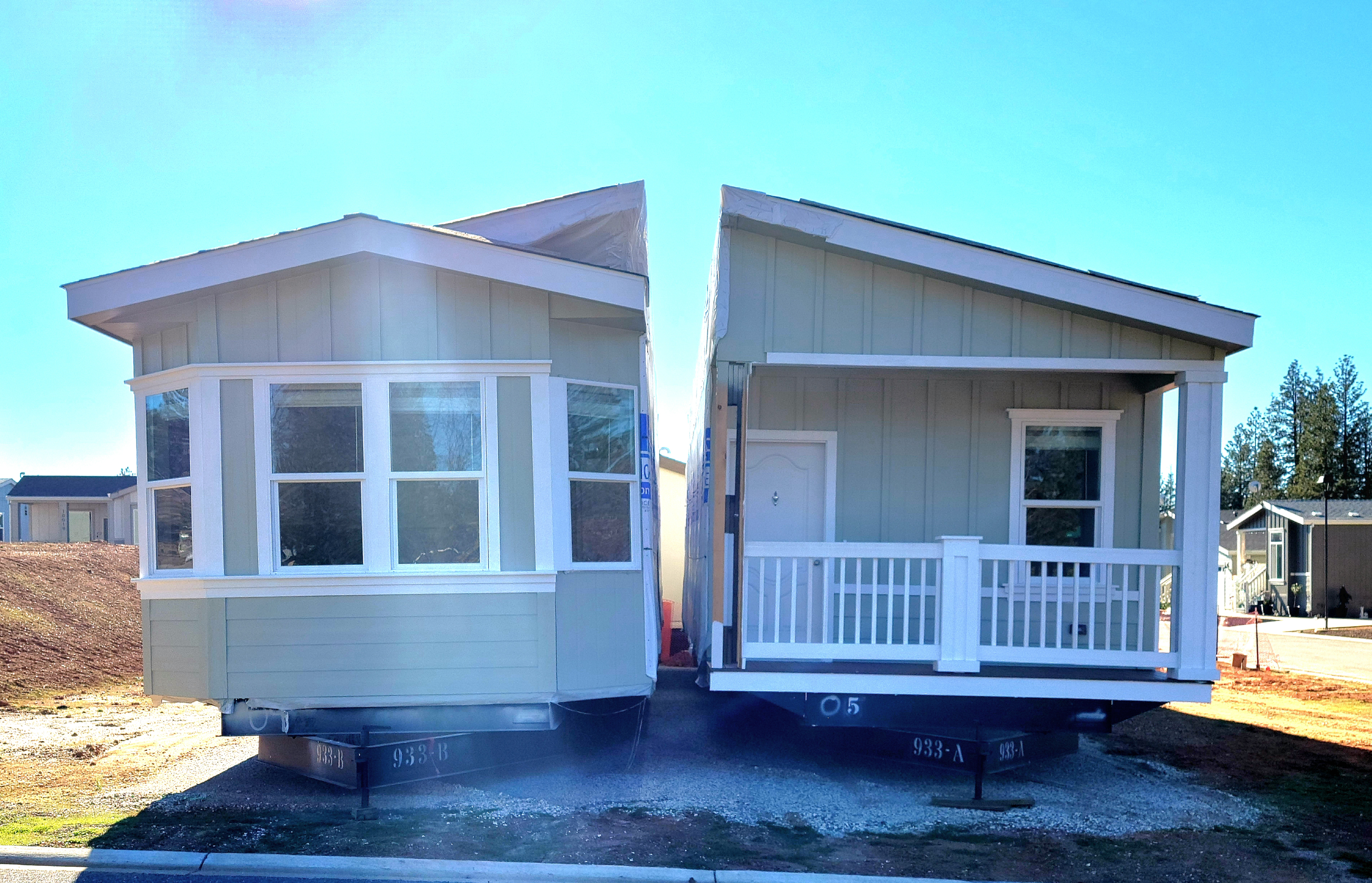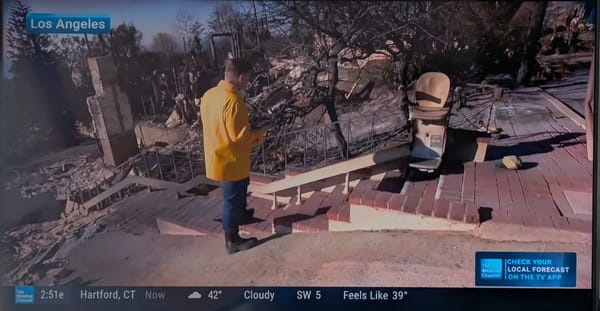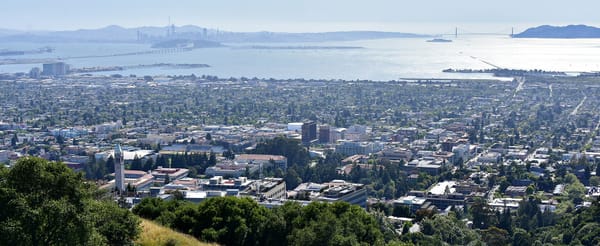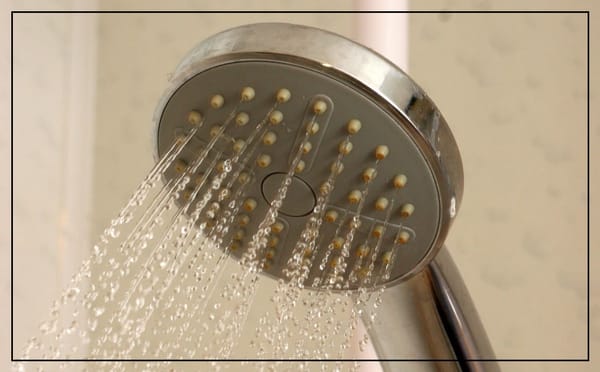Weekly Roundup 9/15/24
A trio of important articles lead the week

I’m going to try a slightly different format for this week’s rundown, since there are a few articles that deserve a small spotlight. So, for each of those I’ll give some key points and why they matter, and then give some other articles of interest.
On a personal note, I have a surgery coming up near the end of the month – so I’ll send out another weekly news roundup and then take one to two weeks off, depending on the recovery. Wish me luck! It should be one of those things that really improves quality of life.
Here’s the trio of key articles and a few more for your reading pleasure!
More extreme heat + more people = danger in these California cities. ‘Will it get as hot as Death Valley?’ – Cal Matters
What it says:
- California’s coasts are cooler than many of its inland areas, since they get a cool sea breeze while inland areas are valleys and deserts hidden behind mountains.
- But the coasts have a housing shortage that creates high housing costs and cost-of-living
- As a result, the coasts have lost population as people have moved inland for cheaper homes
- Folks that live in hotter, inland communities are struggling with a growing number of extreme heat days, hotter average temperatures, and impacts on quality of life (e.g., for outdoor recreation) and finances (e.g., for cooling bills)
- There are significant equity issues, as people living inland are on average lower income, with large Hispanic and POC populations
- The current cooling shelter situation is insufficient for the people who need those shelters, while many people’s employment situation simply won’t allow them the time off needed to go to shelters
- Governments are taking some proactive measures and financing is helping some homeowners add solar panels, but the situation is still concerning and extreme heat is only destined to get worse
Why it matters:
- This shows yet another negative impact of bad land use policies, especially in the Golden State
- People with disabilities (PWDs) are lower income on average than able-bodied individuals and, as a result, experience pressures to move to lower-cost areas like inland California
- Many PWDs have health conditions or take medication that increase the risk of heat exhaustion, heatstroke, or other heat-related complications
- PWDs’ financial disadvantages mean they have less money to adapt to extreme heat, including through housing modifications, higher air conditioning bills, and heading to hotels or cooler parts of the state during extreme heat events
- The nature of the housing stock – namely, that housing is overwhelmingly inaccessible – limits PWDs’ housing options and thus, the number of climate-appropriate homes (with good insulation, HVAC, energy efficiency and so on)
- Rapidly expanding more housing, and especially accessible or modifiable apartments, in cooler areas of California is paramount for addressing the housing crisis while preparing for the climate crisis, especially for PWDs
Tossed medicine, delayed housing: How homeless sweeps are thwarting Medicaid’s goals – CNN/KFF Health News
What it says:
- California has a Medicaid initiative known as CalAIM which “dedicates $12 billion over five years in part to helping homeless people receive health care, housing, and social services.”
- But California now has more aggressive homeless sweeps that are pushing homeless Medicaid recipients from one location to another
- With a spotlight on San Francisco’s aggressive sweeps, CNN notes “Now, case managers, housing navigators, and street medicine teams say vulnerable people are growing sicker amid the crackdown and that many of their patients have simply disappeared. Others have lost medications and critical documents like birth certificates and Social Security cards, setting back efforts to stabilize people with housing, mental health services, and addiction treatment. Front-line providers here say the city has become a glaring example of homelessness policy gone wrong.”
- Ultimately, the article and interviewed experts are concluding that aggressive sweeps are undermining CalAIM and efforts to get homeless folks healthy and off the streets
Why it matters:
- Well, clearly there are overlaps here between housing, healthcare and disability (as is frequently the case with homelessness policy)
- People become homeless when life crises collide with the housing crisis and insufficient government services. Getting folks back off the street takes time and effort, and often collaboration among different programs and agencies
- California’s housing policies have pushed people to become homeless in huge numbers, and the sweeps are clearly not helping people get re-housed. They are definitely undermining the CalAIM program
- It’s time for some serious introspection and policy resets in the Golden State, but it’s uncertain if or how that might happen
HUD issues ’extensive’ update to manufactured housing safety standards – HousingWire
What it says:
- The U.S. Department of Housing and Urban Development (HUD) announced updates to its manufactured housing construction and safety standards on Wednesday “as the Department seeks to modernize the features of these homes to drive demand.”
- Housing Wire notes that “The final rule seeks to establish seven core overarching provisions. These include changes to regulatory language which will allow single-family manufactured homes to have up to four dwelling units, and changes to allow for open floor plans, truss designs and specifications for attics.”
- Among other specifics, the rule features new accessibility safety requirements (at least one egress door with a minimum 32-inch clear with the opening) and removes the requirement that manufacturers obtain special approvals from HUD for accessible shower compartments. (HUD rule pages 18 & 100)
Why it matters:
- Manufactured homes are widely used across the US and especially for lower-income households
- Well-constructed manufactured homes can be affordable, quality alternatives to homes that are fully built on-site
- Rules that allow for expanded manufactured home construction and multiple units can help to address the housing shortage, which disproportionately harms lower income people including many PWDs
- Single-level manufactured homes with open floor plans and accessible features (appropriately wide external doors, accessible shower compartments, etc.) can be good options for PWDs, especially in a world where so many new homes feature multiple levels and stairs
- Of course, manufactured homes don’t exactly scream “density” and “urbanism” but are still an important part of the overall housing mix
- Required caveat that exploitative trailer park leases and contracts are bad, even though manufactured homes themselves are just fine (when built well and properly maintained)
Other links from the week:
How Americans Voted Their Way into a Housing Crisis – Bloomberg CityLab
The US finally takes aim at truck bloat – The Verge
Biden recaps five decades of disability policy work in final ADA commemoration as president – The 19th
Disability-forward housing planned for Birmingham's Avondale community – ABC 3340
Feds Award $251 Million To Prepare People With Disabilities For Good Jobs – Forbes
La. Spending on Coastal Infrastructure Paid off in Francine – Government Technology
Housing is the main inflation problem – Axios
Towns sue to invalidate New Jersey’s new affordable housing law – New Jersey Monitor
Nearly Half of Renter Households Are Cost-Burdened, Proportions Differ by Race – United States Census Bureau
Why Kamala Harris will be a YIMBY president – Fast Company
California Legislature Passes Major Reforms for “Builder’s Remedy” Projects – Holland & Knight
Third Circuit Says Temporary Impairment Qualifies as ADA Disability – JD Supra
Chiefs founding family to build Olathe amusement park with special access to people with disabilities – KCTV5 Manufactured homes



